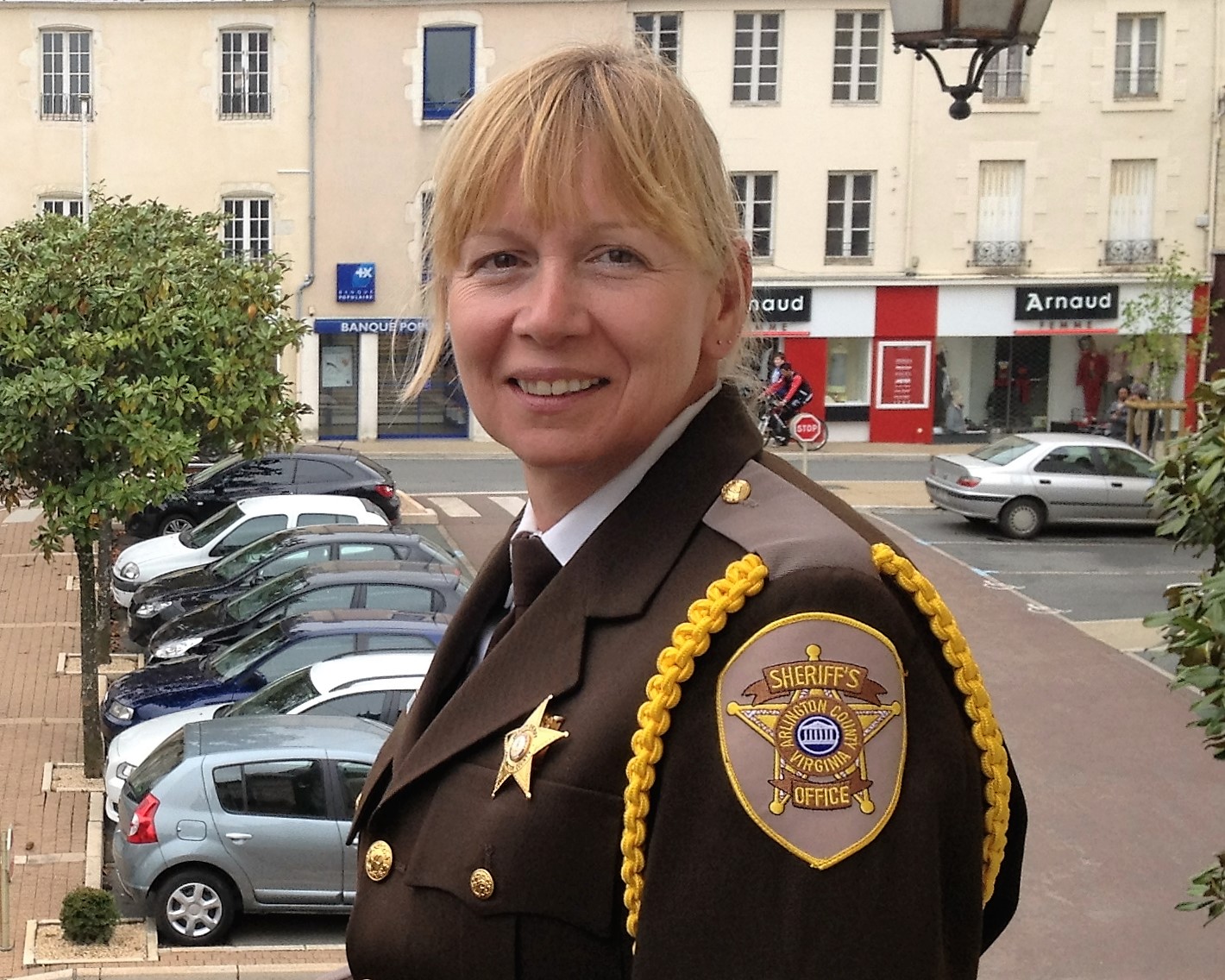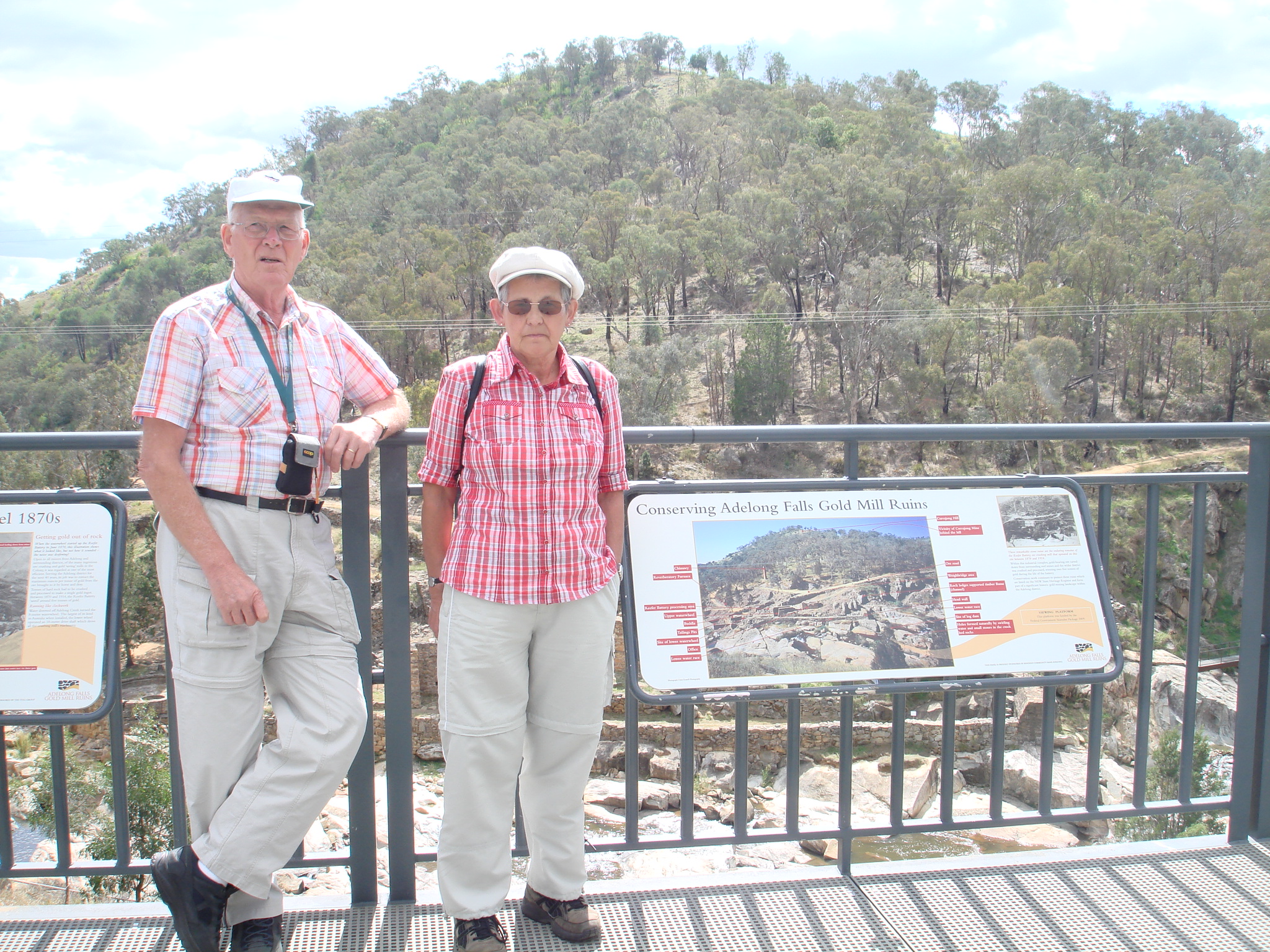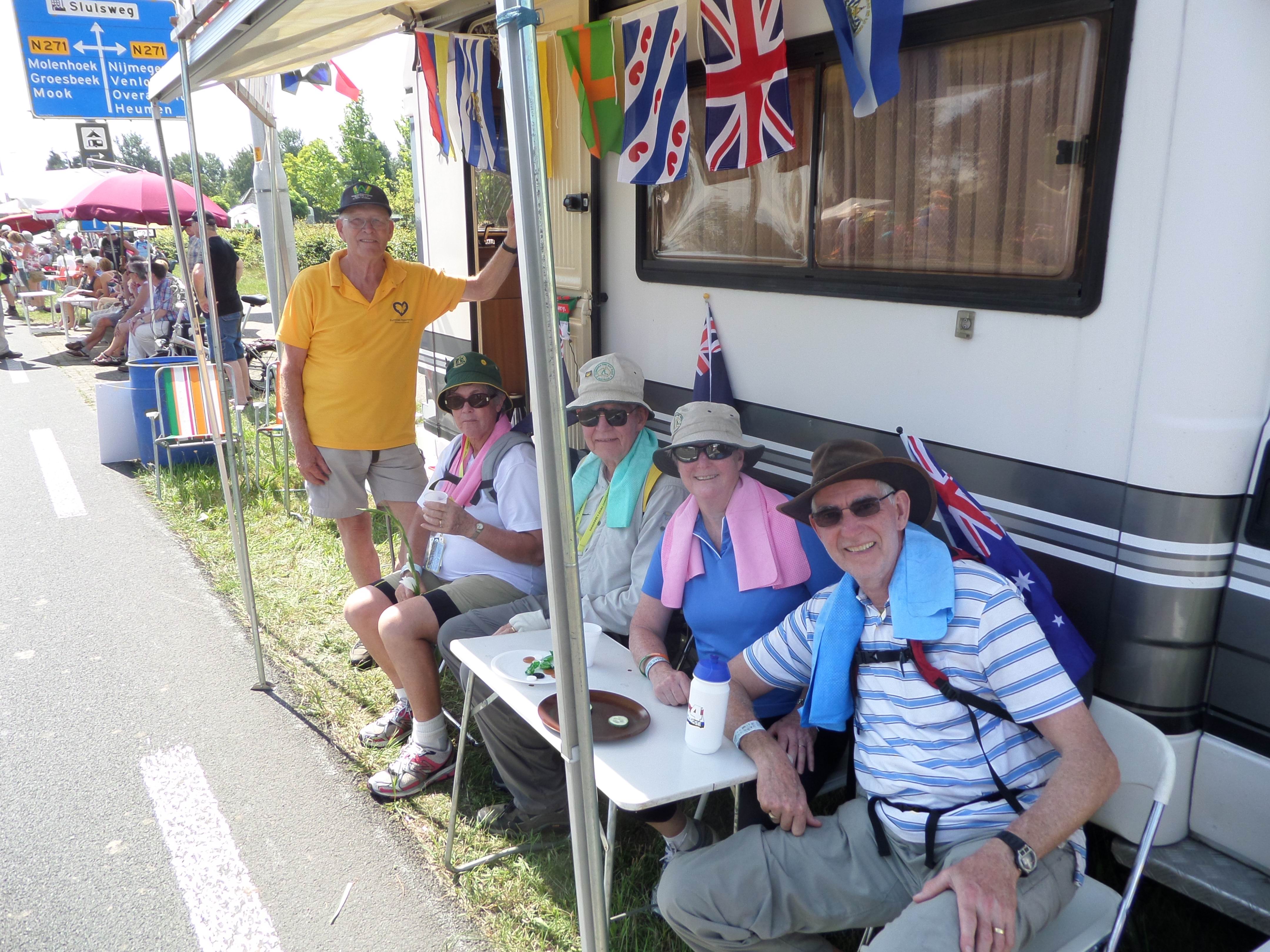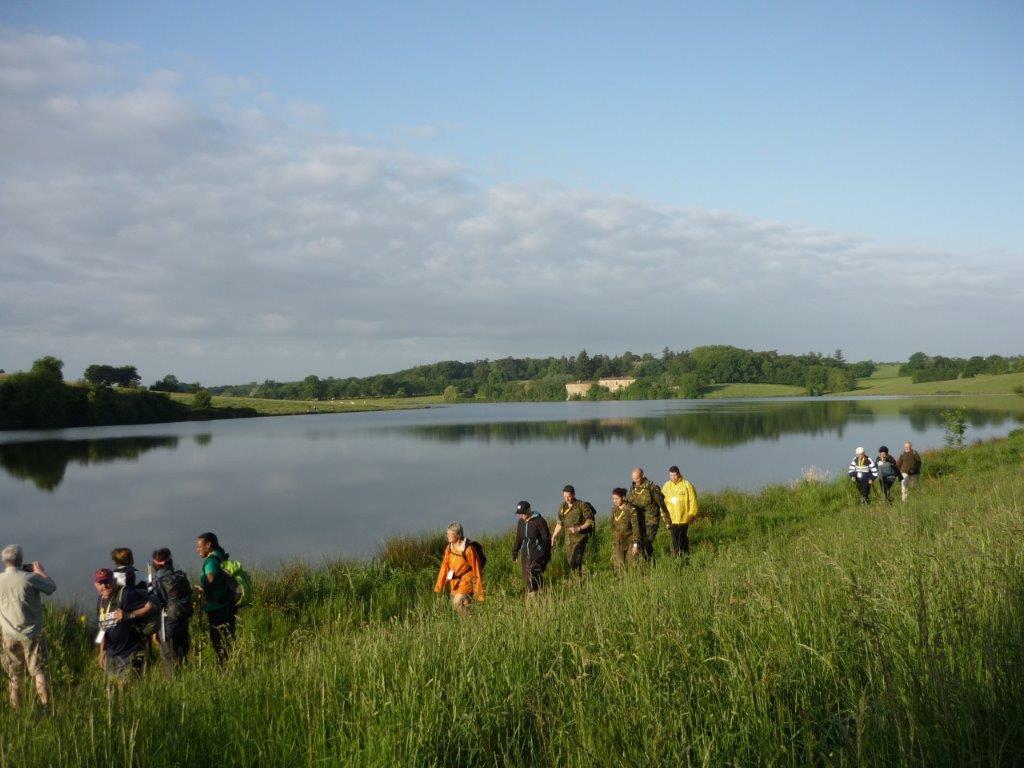 I first walked the Canberra Two Day Walk (CTDW) in 2003. I had recently returned from three years in the USA, where I had cheered on my husband in his first marathon. I discovered that there were plenty of people who walked marathons in the United States and I felt inspired to give one a go myself, so was looking for a suitable event in Australia. I came across a CTDW brochure for the event at the bowling alley in Tuggeranong, less than two months before the event and was immediately enthused to enter. The 30km distance requirement for my age was a little daunting but I was not deterred. How hard could it be? After all, it was much less than a marathon. Famous last words!
I first walked the Canberra Two Day Walk (CTDW) in 2003. I had recently returned from three years in the USA, where I had cheered on my husband in his first marathon. I discovered that there were plenty of people who walked marathons in the United States and I felt inspired to give one a go myself, so was looking for a suitable event in Australia. I came across a CTDW brochure for the event at the bowling alley in Tuggeranong, less than two months before the event and was immediately enthused to enter. The 30km distance requirement for my age was a little daunting but I was not deterred. How hard could it be? After all, it was much less than a marathon. Famous last words!
Working full-time with a young child, I had limited opportunity to train, and I went in to my first CTDW very under-prepared, and with relatively new shoes to boot. I don’t think I had walked much further than 20km in the lead-up to the event. At the end of the day I could hardly move, and I had monstrous blisters on both feet. I didn’t know how I would be able to complete another 30km on day two. But I knew that if I didn’t finish the walk I would have endured all the pain and have nothing to show. That finisher’s medal was a powerful incentive for me! So, with bandaged feet and a pair of comfortable old shoes, I struggled through the second day of walking, with plenty of encouragement (and concern) from the other participants. Needless to say, I was not fit for work on the Monday, and needed to take a day’s leave to recover. My second CTDW was not much better, but since then I have managed more easily, and have even completed eight of the nine marathon routes, plus 10 or so other marathons along the way.
Given my trials at the very first CTDW, I decided to immediately join the IML to get the IML Bronze Medal (in addition to the CTDW medal) — I felt that I deserved it! I have since walked three times at our sister IML event in Rotorua, New Zealand, but need to travel further afield if I want to earn subsequent IML awards. I’m hoping to do a bit more travel in the years to come.
I’m also a very enthusiastic IVV walker, having now walked over 7,000km and completed over 400 events. This is not much when compared to some of our international walkers who have completed over 10 times my distance! I have done a number of IVV walks in the USA and have taken on their 50 states and A-Z challenges. So far I have walked in nine states and finished half of the alphabet. I just wish I had known about the IVV when I lived in the USA. Walking is a wonderful way to see a new place when travelling — and the IVV walks will often take you to some of the more interesting places that a tourist wouldn’t normally see (plus many of the main tourist spots too). I have also been fortunate to meet some wonderful IVV walkers when travelling, who have been very generous with their time. It’s much easier when you have a local guide too, rather than having to worry about following written directions! I like to reciprocate when visitors come to Canberra, and have met many interesting people during their travels here.
After a couple years of participating in the CTDW I was recruited onto the committee after making a few “helpful” suggestions about the event and the old website. Over the years I have taken on increasing responsibilities, first with the website, brochure design and newsletter editor, IVV coordinator and then starting up various social media channels and coordinating a regular walk program throughout the year.
This is now my 10th year on the committee and my fourth year as president. I started as a general committee member, became vice-president in 2011 and then president in 2012 when Lachlan Wilkinson inconveniently decided to move to Adelaide! One of my main goals as president has been to streamline some of the manually-intensive aspects of the Festival, and while this has resulted in some short-term pain, I am sure that the long-term gain will be worth the effort.
My favourite distance to walk is 20km and I prefer nice flat or gently undulating routes. Downhills are a real killer for my knees, and I am not a fan of loose, scrambly surfaces. I enjoy walking with others but am equally happy to walk by myself, and can while away the time planning all the things I intend to do after the walk (although usually I just end up having a nice rest!). Since getting a smart phone I have discovered that podcasts are also a good way to pass the time while walking, and I particularly like listening to Conversations with Richard Fidler.
I live very close to the Centenary Trail, so I am spoiled with great walking opportunities. In my ideal world I’d be doing a 10km walk every morning, but I end up spending far too much time sitting in front of a computer. The hot weather was also a big de-motivator for me, so I really need to be more committed to going out first thing before it gets too hot.
Last year I joined Walking for Pleasure, which has been a lot of fun, and have recently merged our Saturday AussieWalks into their program of walks, which now cover every day of the week except Mondays.
In recent years I have also taken up running (shock, horror!) and after completing the “couch to 5k” program I can now run 5km. I don’t get to much running training, but do try to get along to my local parkrun on Saturday mornings when I don’t have an AussieWalk scheduled. I find that parkruns are also good when travelling, because there are lots of events held around Australia (and the world) and once you have registered you use the same barcode at every event — and it is free.
Aside from walking, I have a few obscure hobbies, including geocaching and munzees. These activities have taken a back seat over the last year or so, but they are fun when I do make time for them.
Well, that’s probably more than anyone wanted to know about me, so I’ll end here and just say that I am looking forward to catching up with all our repeat walkers as well as meeting our new walkers at the Canberra Walking Festival in April. See you then!







